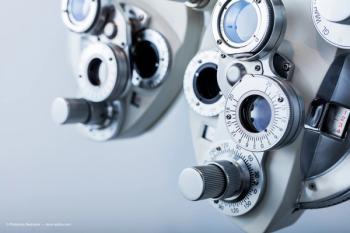
Measles has long been one of the leading causes of childhood blindness worldwide, but with the recent U.S. outbreak-due to a decrease in vaccination compliance for the disease-many parents nationwide are growing concerned. While there are no specific anti-viral treatments for the disease, there are several crucial ways ophthalmologists can stop the outbreak in its tracks, according to David Hunter, MD, PhD.




.png)


